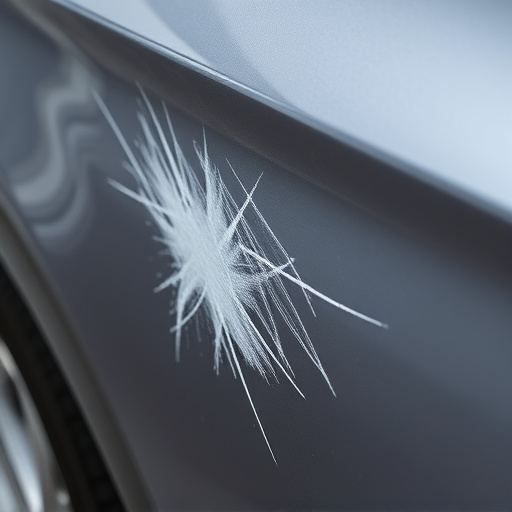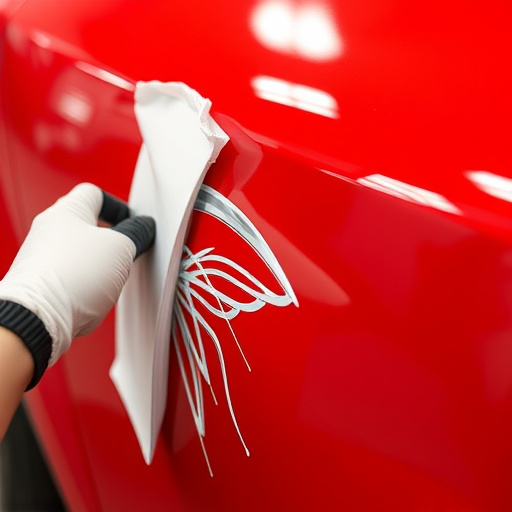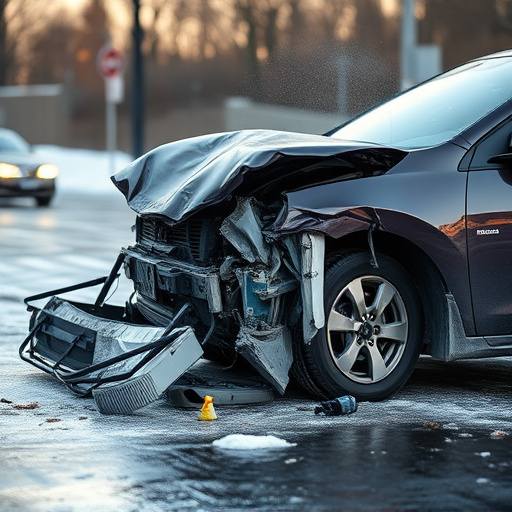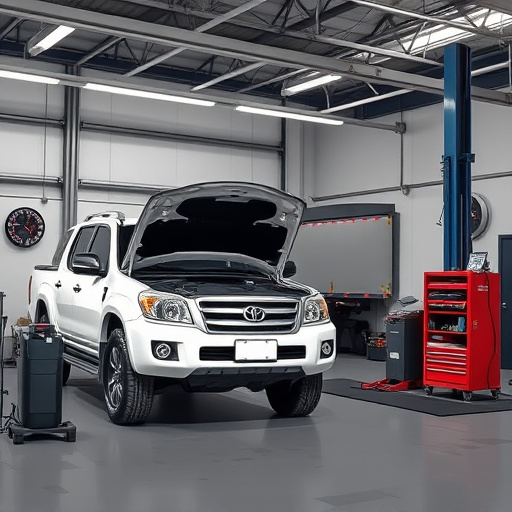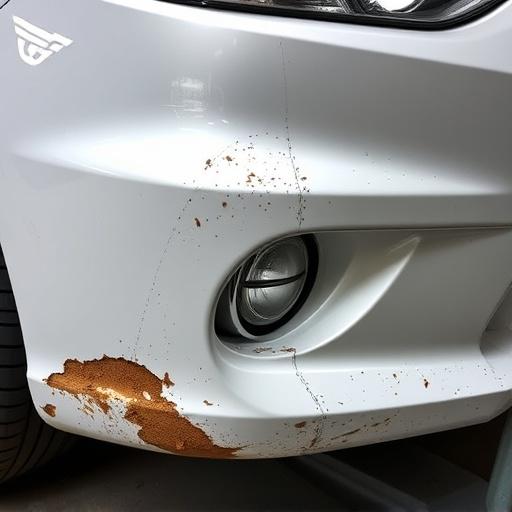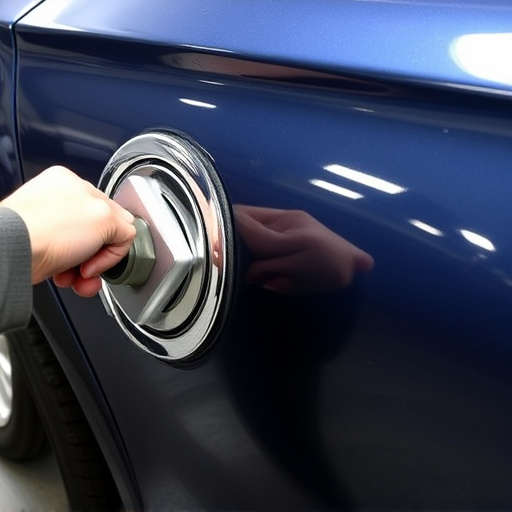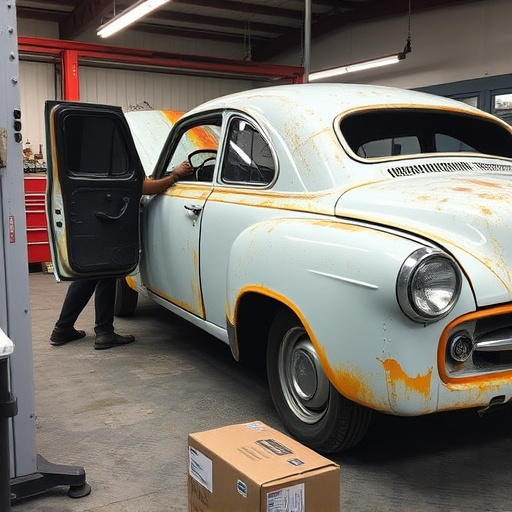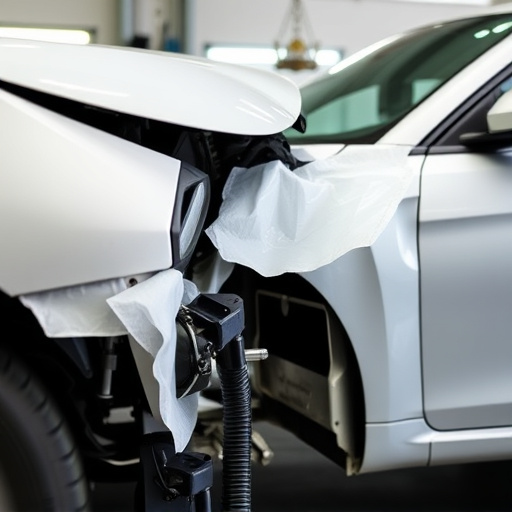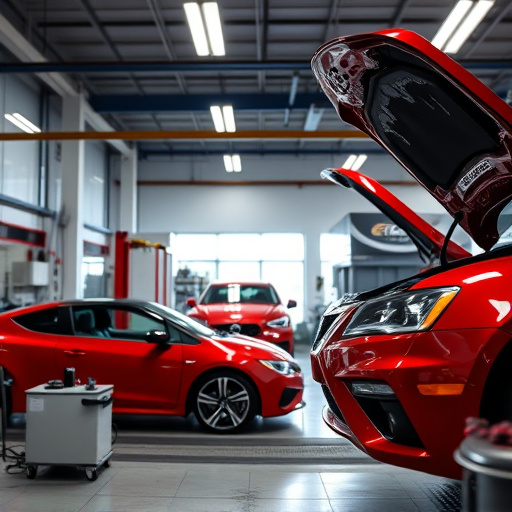A thorough transmission inspection accident process is key to restoring high-mileage vehicles after an incident, addressing intricate systems vital to mobility. Skilled mechanics assess drivetrain damage, consider vehicle age and condition (older cars vs modern electronics), using specialized tools for informed repairs or replacements, ensuring superior post-accident restoration quality.
In the realm of automotive repairs, high-mileage vehicles present unique challenges, especially when involved in accidents. Transmission inspections are crucial steps in determining the fate of these complex systems. This article delves into the intricacies of understanding transmission damage during accidents and offers a comprehensive guide to inspection procedures for vehicles with extensive mileage. By exploring key factors influencing repair decisions post-inspection, mechanics and owners can make informed choices, ensuring top-quality repairs for safe, reliable driving.
- Understanding Transmission Damage in Accidents
- Comprehensive Inspection Procedures for High-Mileage Vehicles
- Key Factors Influencing Repair Decisions After Inspection
Understanding Transmission Damage in Accidents
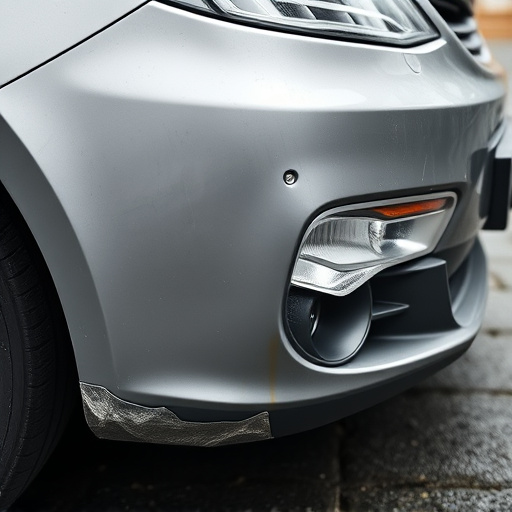
In the event of a vehicle accident, especially for high-mileage cars, transmission damage is a common concern that requires meticulous attention during the repair process. Understanding the potential extent of this damage is crucial for an effective transmission inspection accident. Transmissions are intricate systems vital to a car’s mobility, and their components can be susceptible to various types of injury during a collision.
A comprehensive car repair shop or body shop services will perform detailed assessments to identify issues such as fluid leaks, shifted gears, or even complete transmission failure. Early detection through meticulous transmission inspection accident procedures is key to ensuring cost-effective and reliable auto repair services. This enables mechanics to make informed decisions about parts replacement or repairs, thereby enhancing the overall quality of the vehicle’s restoration.
Comprehensive Inspection Procedures for High-Mileage Vehicles
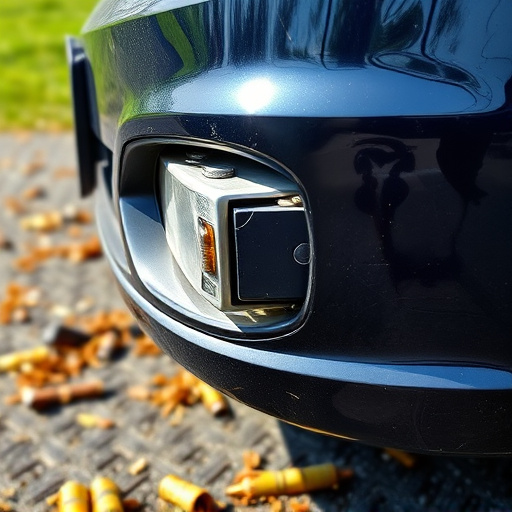
When conducting transmission inspections for high-mileage vehicles involved in accidents, a thorough and comprehensive assessment is paramount. This involves meticulous scrutiny of every component within the transmission system, from the input shaft to the differential. Specialized tools are employed to measure wear patterns, check fluid levels, and assess the integrity of seals and gaskets. The inspection process delves into the minutest details, ensuring that no damage goes unnoticed.
In addition to transmission inspection accident scenarios, a holistic approach to car repair services is essential for high-mileage vehicles. This includes not just transmission repairs but also meticulous vehicle body repair and, where necessary, frame straightening. Skilled technicians utilize their expertise to diagnose complex issues, offering tailored solutions that cater to the unique challenges posed by older vehicles. By integrating these comprehensive inspection procedures, workshops can deliver superior post-accident restoration services for high-mileage cars.
Key Factors Influencing Repair Decisions After Inspection
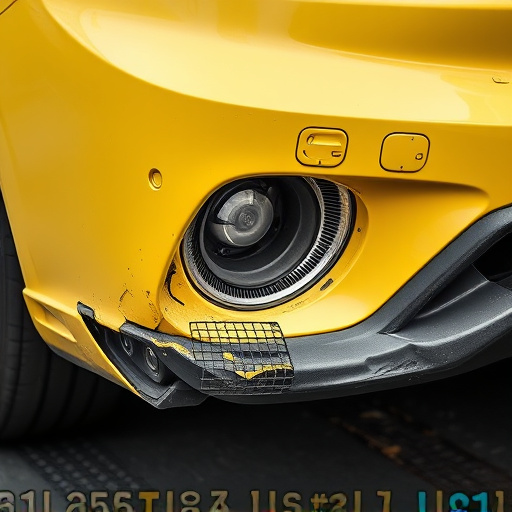
When conducting a transmission inspection following an accident, several key factors come into play and significantly influence the subsequent repair decisions. The extent of damage to the vehicle’s drivetrain is crucial; even seemingly minor fender benders can cause internal issues that require meticulous attention during collision repair. A comprehensive inspection should include visual assessments, diagnostic scans, and fluid analysis to uncover any potential transmission problems.
The age and overall condition of the vehicle also play a role in determining the course of action. Older vehicles might have worn-out components, making it more feasible to opt for replacement rather than costly repairs. In contrast, modern transmissions with advanced electronics may require specialized tools and expertise for accurate diagnosis and repair, ensuring top-notch automotive repair services are provided. These factors collectively guide mechanics toward informed decisions in the complex process of repairing high-mileage vehicles involved in accidents.
In light of the above discussions, it’s clear that comprehensive transmission inspections are vital for accurate repair decisions in high-mileage vehicles involved in accidents. By understanding transmission damage and employing meticulous inspection procedures, mechanics can navigate the intricate factors influencing repair choices, ensuring effective and efficient solutions. This approach not only enhances repair quality but also promotes cost-effectiveness, ultimately benefiting both technicians and vehicle owners. Therefore, a thorough transmission inspection remains a game-changer in managing high-mileage accident repairs.
